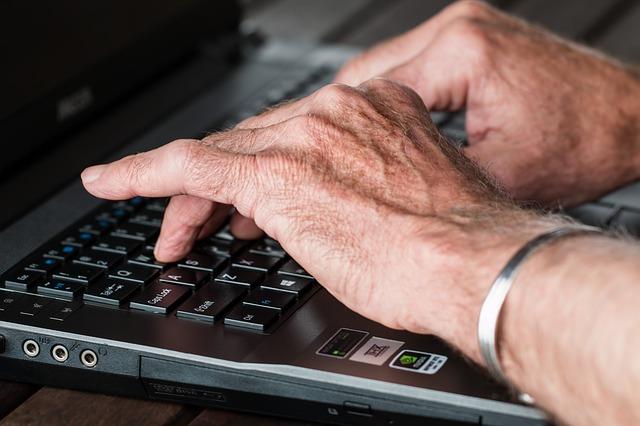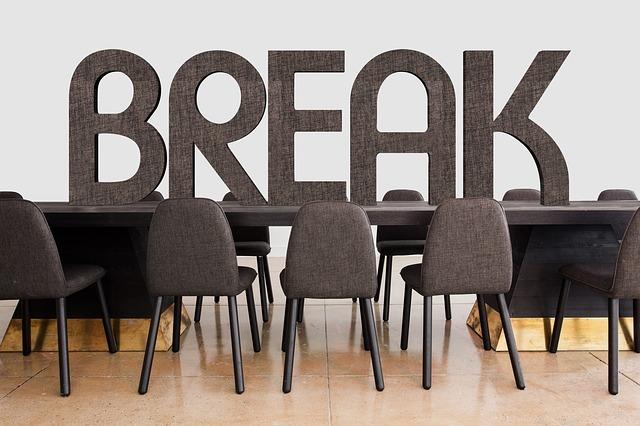Archive for April 2017
Finding A Life with Arthritis in Houston
Arthritis is widespread throughout America
While the term arthritis incorporates multiple conditions, the pain at one end of the spectrum can be so severe that simple tasks are rendered impossible. The two major subsets of arthritis are:
- Osteoarthritis: a degenerative disorder, mostly found in elderly populations, which breaks down cartilage from the joints and causes them to rub against each other, creating pain and limiting movement. Spinal osteoarthritis involves the spine’s facet joints.
- Rheumatoid arthritis: an autoimmune disorder that involves inflammation of the joint tissues, causes pain, lowers red blood cells and reduces range of motion. While RA is not considered hereditary, a family history of RA is linked to increasing your risk for the disease.
- In both cases, the body will attempt to replace the lost cartilage by creating extra bone known as osteophytes, or bone spurs, in the joint space.
In America, as many as 8 in 10 adults over the age of 55 will suffer from arthritis
Everyone is affected differently and in different parts of the body. But what all arthritis sufferers share is an impingement on their lifestyle. At Holmes Chiropractic, we are ready to help you manage your condition and mitigate many of its worst symptoms!
Finding relief from arthritis in Houston
At our office in Houston, we have years of expertise detecting and treating conditions such as rheumatoid arthritis and osteoarthritis; because they are primarily musculoskeletal problems involving the degeneration of joint spaces, there are many options available to people who suffer from arthritis. Through chiropractic adjustment, attention to exercise and arthritis-appropriate activities, you can find a way to live with your condition! We can help you live a life with less pain, better range of motion and more strength despite your condition; give our office in Houston a call to schedule an appointment today!
Banish Back Spasms in Houston
Breaking down a back spasm
A back spasm is an episode of uncontrollable tightening of a muscle. By nature they are sudden and involuntary and are often brought on by strain and overuse or as a symptom of an injury or disorder. Heavy lifting, for example, is a common cause of back spasms because it is an activity that loads excessive strain to the ligaments and muscles in the lower back.
Back spasms are a symptom
Back spasms are often caused by irritation to nerves which lead in and out of the spinal cord; a compression of the nerve root can cause sharp pain, or spasm, as the body attempts to send a signal that will prevent motion to stop further harm. The spasm is trying to protect you from causing further injury. When a patient complains of back spasms, there are several “usual suspects,” to check for, including:
- Arthritis
- Muscle or ligament damage
- Ruptured disc
- Degenerative disc disease
- Disc herniation
- Weak core muscles
- Other acute injuries
How we treat back spasms at Holmes Chiropractic
At our office in Houston, we seek to heal the condition that is causing your muscle spasms. In turn, this will allow you to return to a normal range of motion and encourage the healing process further. If a misalignment of the spine is causing undue compression to the nerve, we correct this situation with chiropractic adjustment and then work on strengthening key muscles surrounding the injury; strength of the surrounding muscles is a key way to prevent the injury from recurring. Give our office a call to schedule an appointment and stop your muscle spasms today!
Avoiding the Dreaded Running Injury
Why are running injuries so prevalent?
Running is a seemingly innocuous activity, but as many as 1 in 2 runners will incur an injury in a given year. The jarring nature of the sport does take its toll on our joints but a significant amount of injuries can be avoided by applying proper technique and common sense. A large part of the problem begins with a lack of variety: if you are doing the same run every day you are going to create a surplus of stress on certain parts of the body while other parts will suffer from lack of use. Mix up your running routine and try these other tips to keep yourself injury free:
Protect your body while running
- Running surfaces: to combat the monotony and degradation that results from running on concrete, try running on other less abrasive surfaces.
- Pace yourself to determine your ideal cadence: How many times does each foot strike the ground? Optimal cadence is often found around 180 steps (per foot) per minute.
- Adjust when over-striding: A long stride means you strike the ground ahead of your body with your heel. Try to land each step underneath your hips. This is a more efficient way of running that will help distribute forces evenly, contribute to better posture and keep you going for longer.
Chiropractic contributes to good mechanics when running
Posture is another important aspect of running, with an emphasis placed on staying upright, no matter how tired you are. At Holmes Chiropractic, we have years of experience helping runners overcome pain and get back on track. Whether you are nursing an acute injury or looking to improve your body mechanics and become a more efficient runner with less chance of injury, give our office in Houston a call to schedule an appointment today.
Is your Office Chair Killing You Slowly?
Office chairs (for the most part) are bad for your health
The life of a desk worker is not filled with the perils of, say, a 49th floor window cleaner, but the hazards inherent with desk work are more insidious. But the good news is that as a culture we are now aware of the side effects of sitting all the time. For people who suffer from already existing back pain, the office chair can almost seem like a torture device, so we’ve brainstormed some ways to make your time on the job a little less painful.
An office chair survival guide
- Consult our good sitting posture guide here
- Perform posture checks all the time (whenever the thought strikes you). Wiggle your shoulders and reset posture regularly.
- Support your lower back: with a cushion or a rolled up jacket- any material will do to add support to your lumbar region.
- Use a headset: if you conduct a lot of work on the telephone, consider using a headset to encourage you to stay sitting upright.
- Schedule your breaks: write them down, set an alarm in your phone and obey!
To actually combat pain in your office chair:
- Alternate ice packs and heat
- Massage yourself: sit up straight, arch your back and apply gentle pressure to areas that feel sore.
- Perform back stretches: many of which can be done without moving, or subtly while you continue working.
- Don’t neglect your hamstrings: hamstrings tighten as you sit and create a pull on the lower back.
At our office in Houston, we are on the front line in the fight against the damage wreaked by office chairs and a sit-heavy lifestyle. Give our office a call to start healing your pain at the root of the condition today.
Dr. Randall Holmes, D.C.
The Forgotten Few: Muscles of the Lower Back
Muscles of the lower back don’t come in for enough attention
Instead, we focus on building mirror muscles such as the abdomen, biceps, and triceps that enhance our appearance. And while looking great is a key to feeling great, lasting health comes from developing the muscles that matter to keep you upright and pain-free as you age. One of the ways we can do this is by devoting a bit of time out of each visit to the gym to the soft tissues supporting the spine.
The muscles of the lower back
There is a complex network of muscles that provide a vital service for your back: by holding the body upright, supporting the spine, making good posture easier, and allowing your body to move in many directions without incurring injury. These are the extensor, flexor and oblique muscles of the core and lower back.
- Extensors: attach to the back of the spine, provide support for the spine and allow for motions such as lifting.
- Flexors: muscles like the abdominals, which attach to the front of the spine, allow for range of motion including bending and arching the lower back.
- Obliques: attach to the sides of the spine, these muscles allow for rotation of the spine and provide support for maintaining good posture.
Unfortunately, these muscles come in for bad publicity because their weakness is a key contributor to back pain.
Strengthening the muscles of the lower back in Houston
At Holmes Chiropractic, we have a plan to develop and maintain the strength of the core and soft tissues that surround your spine. By focusing on strengthening and stretching, we can make inroads toward solving pain and preventing surgery. We’re not saying you should stop working out the mirror muscles, but by paying equal attention to the muscles of the lower back, you can ensure that your body is well-equipped to handle the extra load that new muscle will bring on. Give our office in Houston a call to schedule an appointment today.
Dr. Randall Holmes, D.C.




